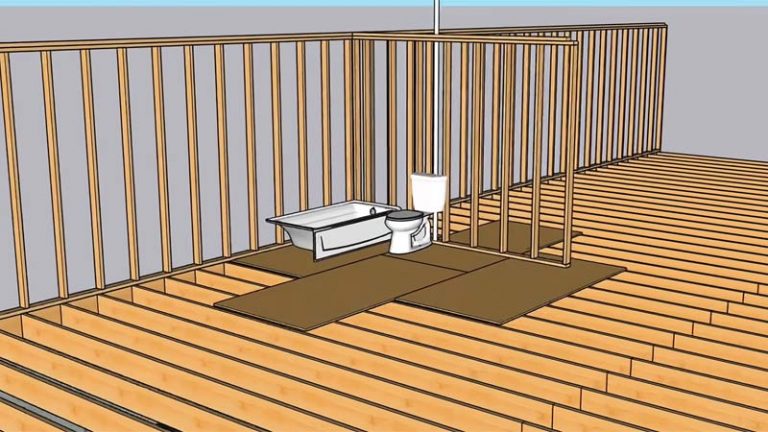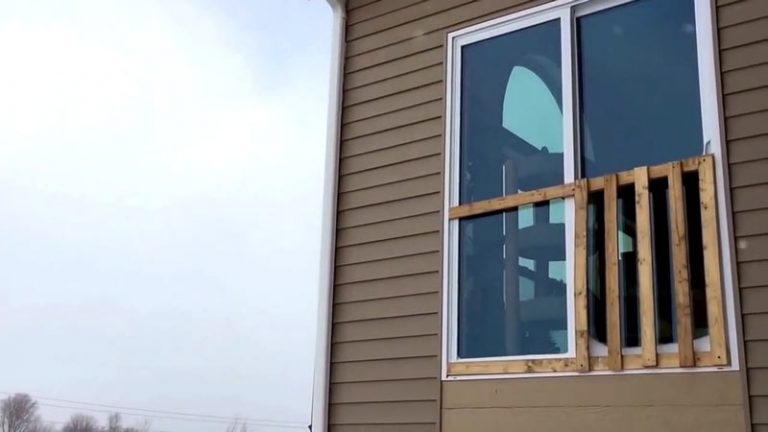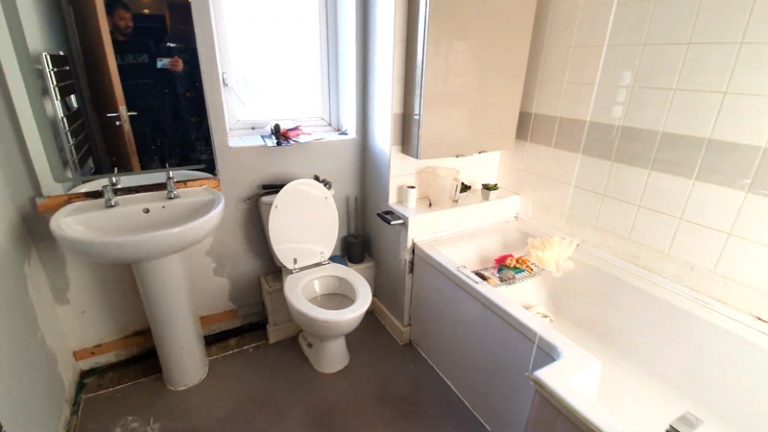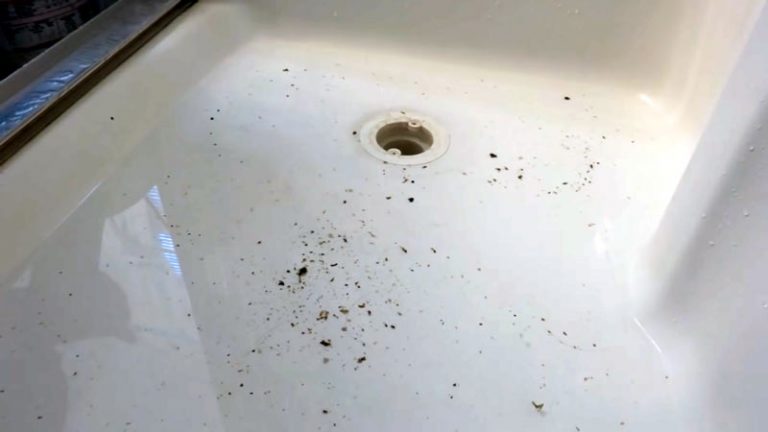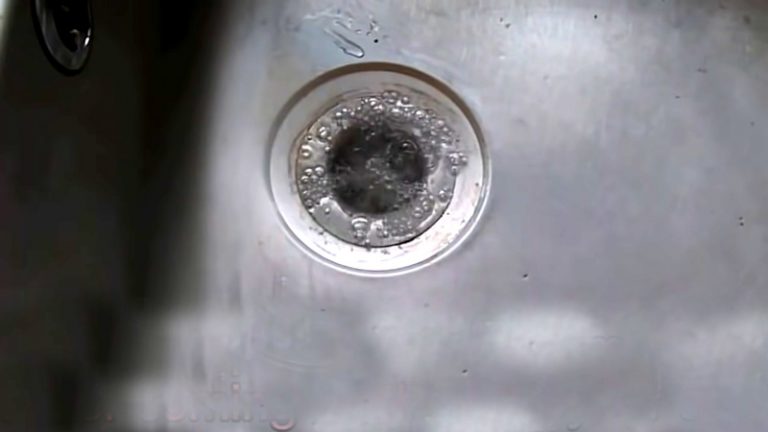Can A Toilet And Sink Share The Same Drain
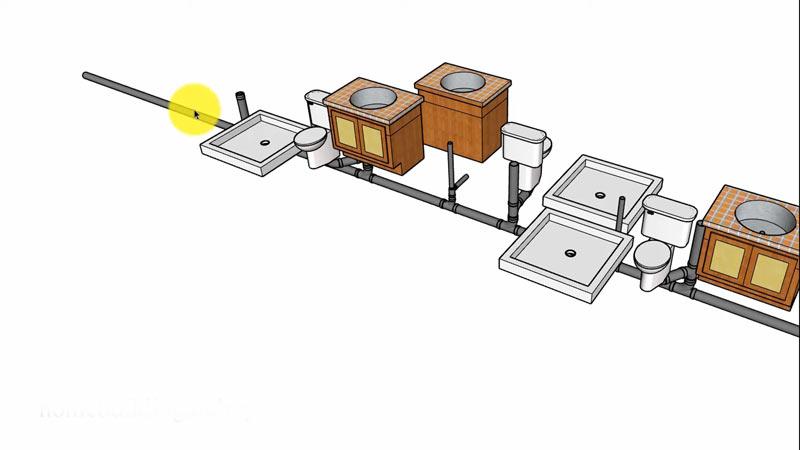
If you have a bathroom with a sink and toilet in one space, make sure the plumbing is set up so that all of the water goes to the sink instead of going into the toilet.
A common mistake people make when remodeling their bathrooms is connecting the sinks and toilets together with pipes called “waste lines.” When you flush the toilet, water flows to the sink and flush surfaces into the bathroom—this includes everything from your bathtub to your countertops.
If you want to clean something off of a surface without getting wet, try using an absorbent cloth or sponge instead of reaching for a wet hand towel: it’ll be much faster and more effective this way. Don’t forget about drains – they’re essential for keeping your bathroom looking clean and organized.
You'll Learn About
Can A Toilet And Sink Share The Same Drain?
Toilet flushing should always be coordinated with sink plumbing and drainage; all drains must flow to the toilet flush. The main drain goes to the sink, not the toilet – this ensures proper wastewater disposal and avoids clogging in sinks and toilets downstream.
When you flush the toilet, water flows through your sink and surfaces into the bathroom via the lavatory branch pipe – ensuring everything is clean before exiting back out into your home. Keep an eye on where discharge from your drains enters your home: if it’s coming from a bathroom sink, it may mean there’s an issue with its connection (or sewage backup).
By understanding how these systems work together, you can troubleshoot any issues quickly and easily
All Drains Must Flow Toilet Flush
A toilet and sink must share the same drain if you want them to flush together. If your sink’s drainage is backed up, it will cause water to build up in your toilet and eventually overflow onto the floor below.
Ultrasonic cleaners can help unclog a blocked sink quickly, preventing any damage to your bathroom flooring or plumbing system as a result of excess wastewater accumulation. If you have an older home with outdated plumbing, be sure to contact a professional when attempting repairs on either fixture – even if they appear related.
When working around pipes near the toilet area, always wear protective gear including gloves, eye protection, and a face mask – just like when cleaning any dirty area.
Sink Plumbing Goes to the Main Drain
A toilet and sink should not share the same drain because there could be problems with drainage. If your sink drains into the toilet, you will need to replace both of these pipes.
You can fix this by connecting the main drain on one side of the house to the main sewer line on another side of the house. Make sure that all leaks are fixed before moving forward with plumbing changes in your home – otherwise, you may end up costing more money than necessary.
When it comes to plumbing, always consult a professional for help if needed so that everything is done correctly and without any issues
Bathroom Sinks Empty Into a Large Diameter Pipe
A toilet and sink can share the same drain, but it is not recommended because a large diameter pipe called the lavatory branch connects the toilet to the sink via a smaller diameter line called the wastewater line.
Cleaning each individual fixture can be more challenging as bacteria from one may spread to another. If your bathroom has a double vanity with two sinks, you may want to consider separating them by using some type of partition or wall unit.
In most cases, if something becomes clogged in either fixture – such as hair – simply unplug both appliances and call for help from a professional plumber. When in doubt, always consult an experienced plumbing technician before making any changes or repairs.
Can a sink share a drain with a toilet?
Yes, a sink can share a drain with a toilet. This is done to avoid clogging the drain and potential flooding in the bathroom. Just make sure that the sink is large enough to handle the wastewater flow and that there are no other obstacles blocking it from draining properly.
Use A Trap
A sink drain can easily share a connection with a toilet’s drainage system. To avoid potential problems, make sure that the sink drain is connected to the plumbing as close to the vertical pipe as possible. This will help ensure proper flow and prevent blockages from forming in the pipes.
Close To The Vertical
When it comes to drains, closer is better when it comes to sharing space with other fixtures such as toilets or sinks. Make sure that your sink is positioned so that its connections are close to the vertical pipe running through your home. There will be less chance of water spilling over into other areas and causing damage or inconvenience.
Sink Connection to Drain As Close As Possible
It’s important that you connect your sink’s drain hose directly onto the sewer line if possible in order for Waste Water (sewage) Treatment Plants (WWTPs) and Sewerage Companies not to have any extra work loading on their shoulders while servicing both appliances at once. Placing an indirect connection could lead to blocked sewers and increased costs for service calls downstream.
Avoid Putting Fixtures Over The Sink Drains
If you do need to clean out a basin above a kitchen or bathroom sink using caution should be taken to avoid putting articles over the drains like large pots & pans. Instead, use smaller items placed on stands nearby where they can drip away without blocking traffic.
Can a toilet shower and sink share the same drain?
It’s not recommended to mix a toilet and sink in the same drain, because they use different water systems. A toilet uses water from the sewer system to flush, while a sink uses tap water.
If you put them together, there is potential for sewage backing up into your drain and ruining your home or business flooring.
Share the same drain
Yes, you can use the same drains for both a toilet and a shower.
This is helpful if you have limited space or if your plumbing is dated. You should be aware that the waste trap arm should not be shared between these systems though – this will prevent any backups from occurring in either system.
Waste Trap Arm Should Not Be Shared
If you want to keep things separate, it’s important to make sure that the waste trap arm on your toilet does not connect with the one on your shower. If they do, water will eventually seep back into the sewer line and create problems down the road.
Drains Lead To Main Sewer Line
If your drains are connected to the main sewer line then it’s probably best to leave them as they are. However, if they lead to a septic tank then you may want to consider sharing a sink with a shower instead depending on what type of system your home has installed.
Share A Sink With Showering
When thinking about new plumbing installations, it’s often worthwhile considering whether or not you’d like to share sinks with showers when doing renovations or updates later down the road. If you choose not to do so, remember to install overflow tanks in each bathroom for extra protection.
Can you put a toilet where a sink was?
Of course, you can. You’ll need to take down the wall in order to put a new toilet where an old sink was. Remove the plumbing from the existing place and replace it with that of your new toilet, resetting the drain pipe along the way.
Make sure all water lines are kept clear, including those going to the old sink area- otherwise you may experience problems during installation. Protect any exposed electrical wiring by installing guards around it- just in case there are any short circuits caused during relocation/installation/repair work.
Have patience as this can be a tedious process; but once completed, everything should work properly again… for now at least.
Are sink and toilet pipes connected?
Toilet and sink drains are connected by a drain line. When the water in your toilet runs out, it goes into the sink – which can cause flooding if there’s not enough drainage.
A vent is installed to allow water and waste to drain without forming an airlock, so you don’t have to worry about smells or mold developing in your bathroom. The size of the drip tube affects how fast water departs from the sink, so make sure it’s large enough for your needs before installing it.
Checking whether your sinks and toilets are connected is easy – just look for a drip line connecting them.
To Recap
It is generally not recommended to put a toilet and sink in the same drain, as this can cause blockages. If you have to share a drain, make sure that the water flow from the toilet doesn’t go into the sink or vice versa. Proper venting and adherence to local building codes are essential to ensure functionality and prevent clogs.
If you’re working on plumbing projects, it’s worth exploring why your Moen faucet might be blinking for unrelated but useful tips. Additionally, understanding why your shower faucet is hissing when off can help you troubleshoot other plumbing issues. For more insights, check out why your downspout is vibrating in the wind.

